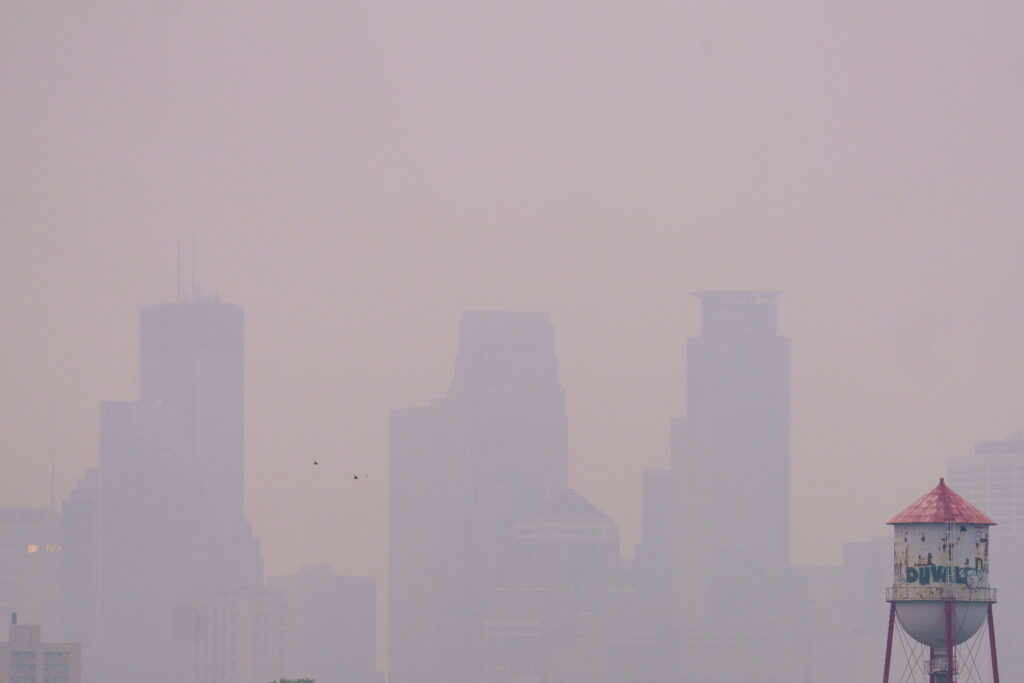Brown bats (myotis lucifugus) of North America and Canada are being afflicted by White Nose Syndrome, a fungus that is killing millions of bats. The mortality rate is reaching epidemic proportions. The fungal pathogen geomyces destructants spreads during the hibernation. The fungus grows on their wings and muzzles, and scientists speculate that it originated in Europe and has mutated since it was first discovered in the U.S. Another speculation is the bats are losing their subcutaneous fat reserves during hibernation and then need to go out and look for food during the winter months, and are bringing the fungus back to the den and spreading it to other bats.
According to the New York Times, more than 5 million bats have died already. The death of these particular species affects our biodiversity, and will be harmful for human survival if this fungus isn’t controlled. There are two kinds of bats: megachiropetera and mircochiropetera. The megachiropetera have not been affected by White Nose Syndrome. The micochiropetera hibernate and feed on insects; they are America’s greatest bug eaters. A brown bat can eat 1,200 bugs per hour, and nursing bats can consume 4,500 bugs per hour. For example, 150 brown bats can eat 33 million cucumber beetles in less than a week, which protects farmers from spending money controlling infestation through pesticides. Brown bats can eat 600 mosquitoes per hour, which is beneficial worldwide by preventing the spread of mosquito-borne diseases.
They can provide a number of other benefits for humans. According to the Organization for Bat Conservation, “bat droppings contain bacteria organisms used in detoxifying waste, improving detergents and producing gasohol and other antibiotics. The anticoagulant from vampire bats salvia is being tested for treatment for heart patients.” They also prevent the need to use pesticides, which are harmful to the entire ecosystem and to humans. These chemicals go into our drains, streams, rivers and ultimately into our oceans and atmosphere which contribute to negative effects–climate changes, acid rain, and ozone depletion.
White Nose Syndrome is threatening the survival of North America brown bats. It is imperative that we find a cure for our friends who have aided in human survival, by providing natural pest control instead of chemical pesticides. We have a moral and ethical responsibility to encourage mandates and laws that will protect our bats from this aggressive, intrusive fungal attack now and in the future.





